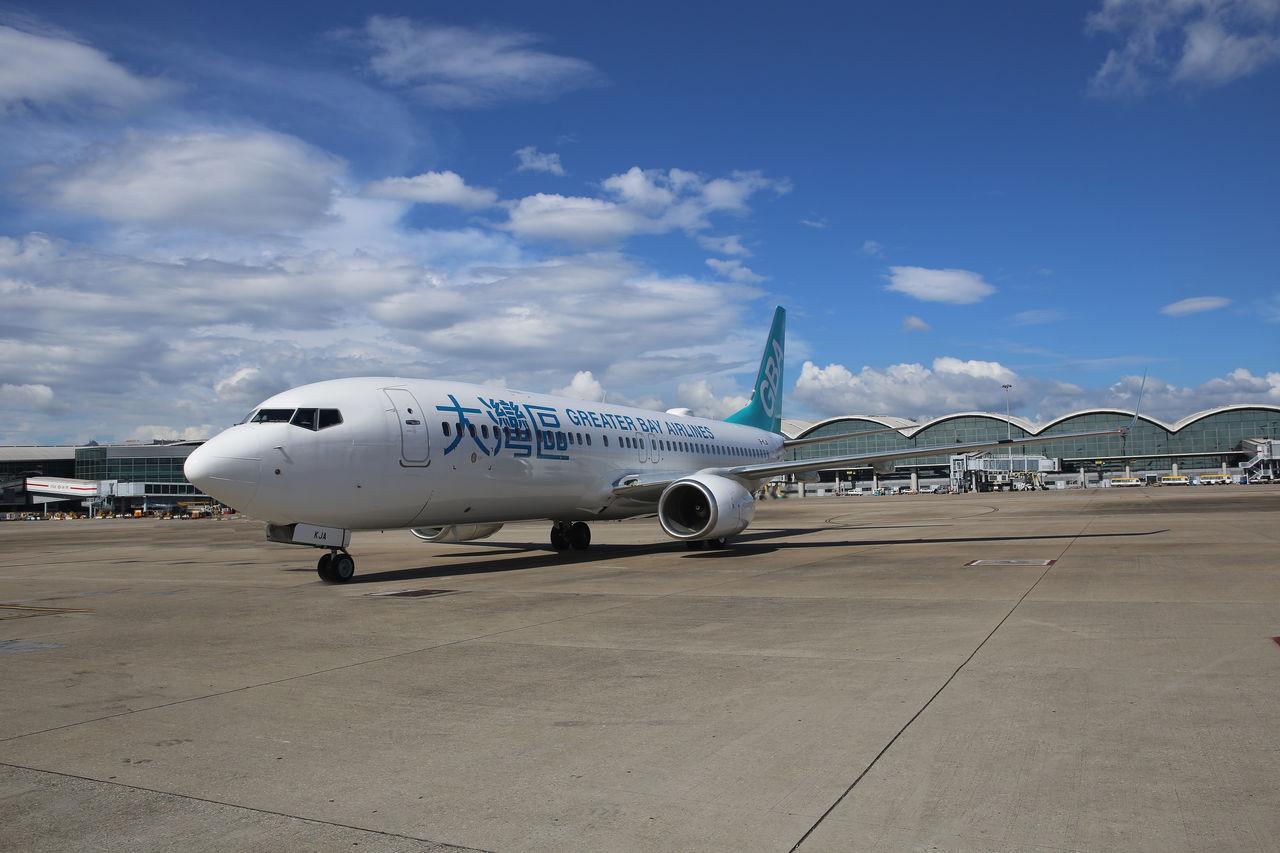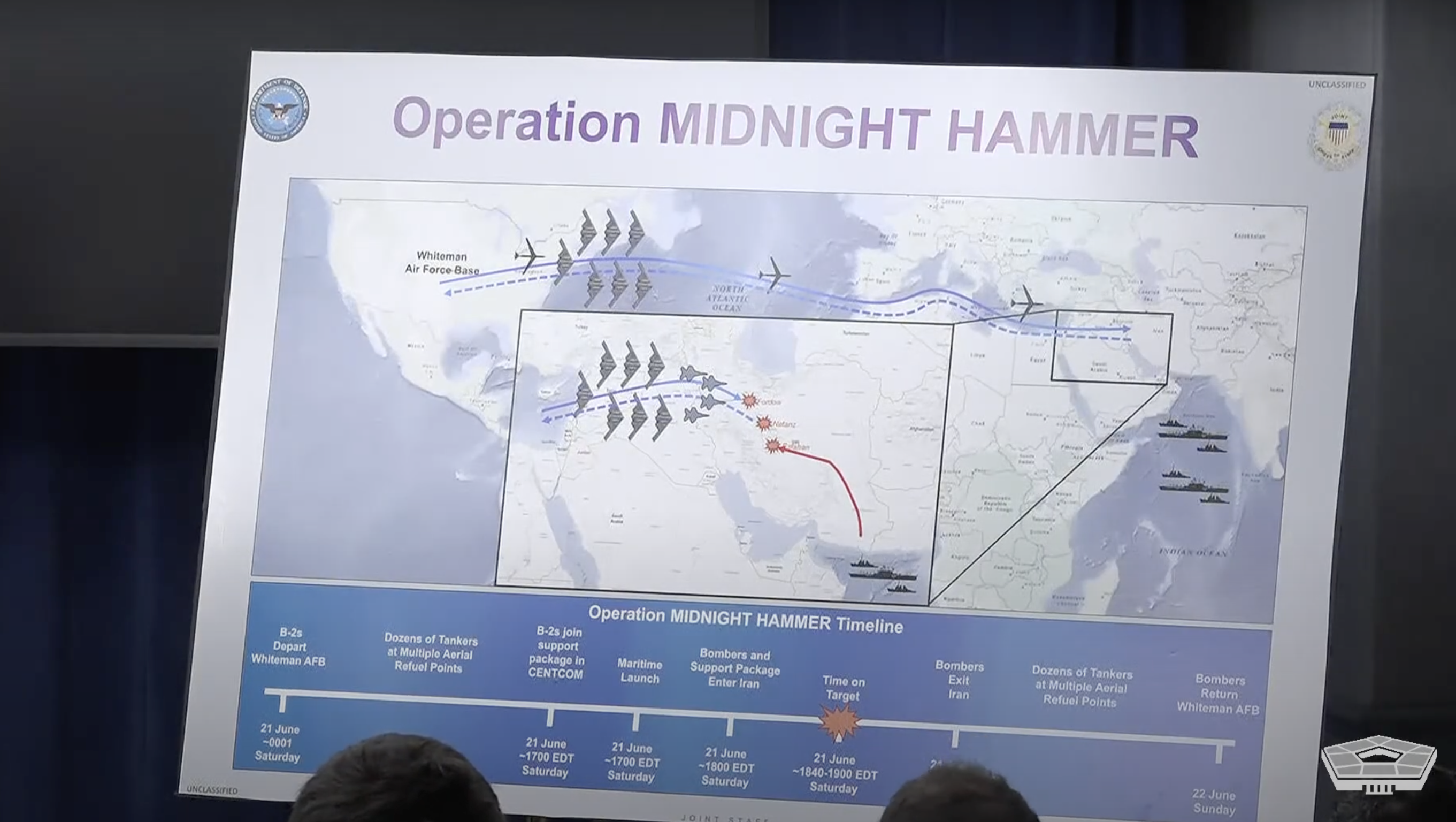Journal Staff
The number of farms in Guam is growing, alongside endeavors to further develop the farming industry.
Efforts are also taking place to address challenges, gather facts on farming today and promote sustainability.
Data from a 2023 census by the U.S. Department of Agriculture’s National Agricultural Statistics Service was released April 24.
That puts the total value of sales at $6.16 million with each farm generating an average of $4,932 in revenue.

"There [are] at least 15 farmers [that sell] okra, long beans, cherry tomatoes, watermelon," he said. "It's a pretty extensive list."
According to the census data, vegetables and melons represented the largest category of production on the island and $2.64 million of overall sales.
Besides supermarkets, farmers sell their produce at farmers markets or through community supported agriculture events.
The statistics service reported the total number of farms in Guam at 583, a jump of 319 from the 2018 census. According to the Guam Department of Agriculture, around 475 farmers are registered with the agency.
Michelle Crisostomo, president and co-founder of Guåhan Sustainable Culture, told the Journal that since the COVID-19 pandemic, there has been a renewed interest in farming nationally and locally.
With the growing number of farms and farmers, Guåhan Sustainable Culture sought to further its mission of sustainability and food resilience by acquiring the Hamamoto Gardens in 2024 at a price tag of approximately $4.5 million.
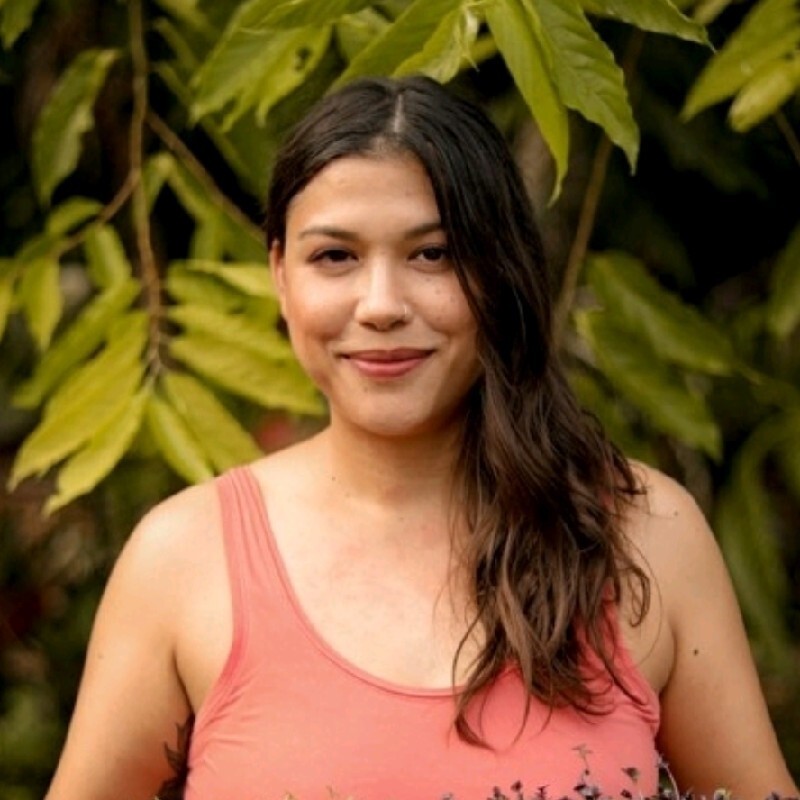
In its manifesto, GSC says its goal is to provide a space for farmers and the community to learn sustainable and indigenous farming practices and to “[nurture] Guam’s agricultural future and strengthen [Guam’s] food sovereignty.
“[It’s a place] where families are able to learn how to be resilient in multiple different ways,” Marlyn Oberiano, vice president and co-founder of GSC; said.
The organization received support from a number of local and national partners, notably the Kataly Foundation, which helped them finance the $500,000 deposit for the property. The foundation supports “indigenous communities” economically, among other aims.
Part of the reason GSC acquired the property was to prevent it from becoming military housing. “A lot of interest started coming in,” Crisostomo said. “There was pressure to hurry and make a decision and we were already operating out of here and we didn’t want to see the property turn into a housing development.”
The organization now needs to raise funds to further finance the purchase. GSC is exploring several funding avenues, but none are yet official.
GSC has plans to continue the garden’s agroforestry efforts, as well as develop a number of educational programs. On the property, a livestock farm is planned, as well as a community kitchen. An aquaculture hub is currently being worked on.

Like GSC, Shaffer sees the importance of Guam’s farmers and its ramifications for food resiliency.
“Farmers are the overlooked, but most important parts of our food systems,” she said. “[Farmers] contribute to the basic needs of all humans.”
She is a co-investigator on a study looking into what are local farmers’ preferences when it comes to producing food for Guam’s markets.
The study is part of a larger ongoing project at UOG aimed at promoting sustainable agriculture and improving island food security.
She told the Journal that about 90% of Guam’s food is imported, but there is a small and dedicated group of farmers that are selling products on Guam.
With an increase in farming and personal food production, Shaffer said the key goals of her research are to identify some of the challenges farmers experience. The NASS census looked at farms that produced $1,000 or more in agricultural products, but Shaffer said there may be some farms that produce less than that.
“Maybe it's a matter of helping them figure out what paperwork needs to …register a business… but the idea is to get a sense of that.”
The study’s initial findings are that some farmers are still recovering from damages caused by Typhoon Mawar.
Shaffer interviewed a fruit farmer who said that many of the fruiting trees were taken down during the typhoon and that the farm is “recovering slowly.” Additionally, poachers, trespassers and thieves, and feral pigs and boonie dogs have been problems the farmer faced.
John Borja, division chief of the Guam Department of Agriculture’s Agriculture Development Service; told the Journal that developing the infrastructure to start a farm also comes with challenges.
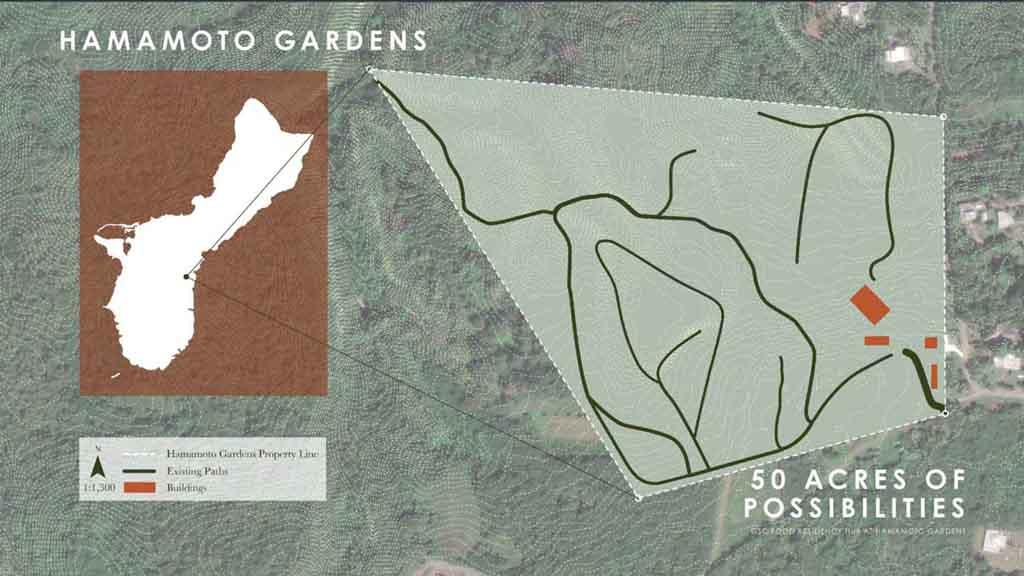
“One farmer had to pay $33,000 to install piping,” he said. Borja said the piping was to help with irrigation on the farm.
High costs associated with operating a farm on Guam can sometimes be passed to consumers. Shaffer said sometimes the price of locally grown produce can match or exceed the price of produce that is imported.
The cost of local produce varies a lot, depending on where it is sold.
Sharon Kay, operations manager for the Guam Farmers’ Market in Dededo; said the costs of produce varies from farmer to farmer, but one of the biggest contributors to high costs would be the lack of mass production on the island.
She said that much of the island's farmers farm “[the] old-fashioned way” meaning they use hand tools and traditional methods of farming. Few farmers have tractors and even fewer have a large-scale harvesting machine.
In addition, Guam seldom has aquaponic or hydroponic systems, greenhouses or high wind tunnels to grow crops together.
Outside of production, farmers also face environmental challenges with drought or storms. Many farms are run by one person or a few people.
In terms of bringing produce to market, Shaffer’s research aims to garner insight on what challenges farmers face as a business or why farmers refrain from selling their produce.
The key takeaway for policy makers and the average consumer is that Guam needs a secure food system.
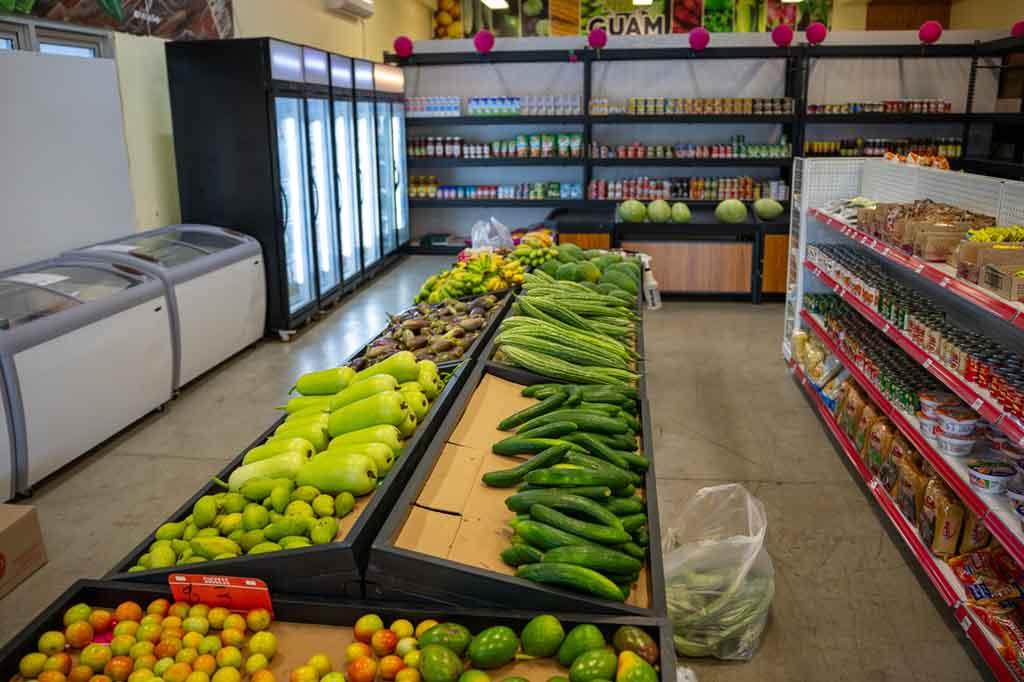
“People need to eat today, and they need to eat tomorrow, and people 20 years from now [need to eat],” she said.
The hope is that policy makers can use the research to develop legislation to support farmers or the farming industry. Her research also has implications for the region, Shaffer said. mbj















